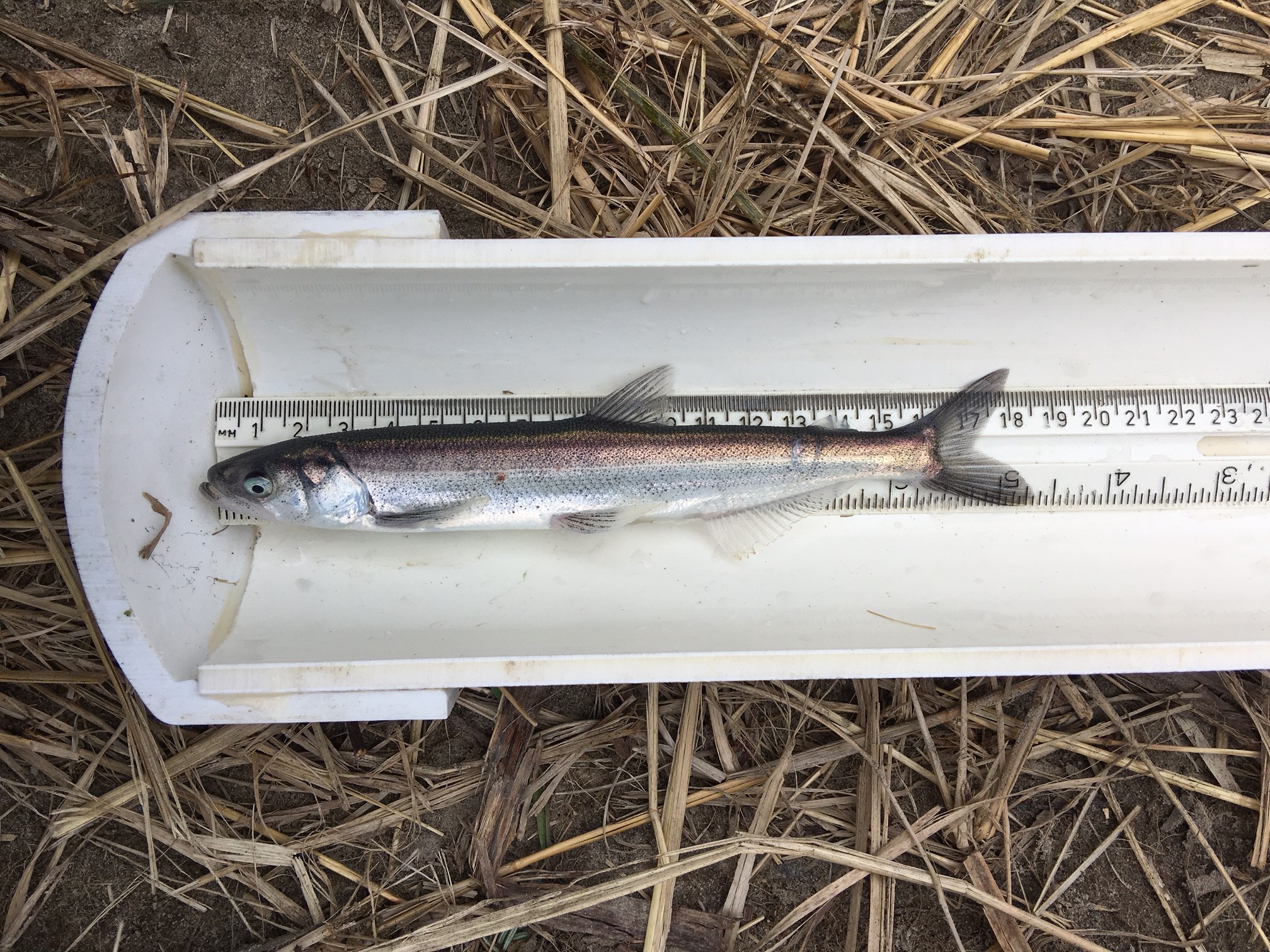News Release
You are viewing ARCHIVED content published online before January 20, 2025.
Please note that this content is NOT UPDATED, and links may not work. For current information,
visit https://www.nps.gov/aboutus/news/index.htm.

|
Subscribe
|
Contact: Jami Belt, 907-983-9228
Skagway – Klondike Gold Rush National Historical Park, in partnership with the Skagway Traditional Council and the Taiya Inlet Watershed Council, will begin its second year of a project to study eulachon fish in the Taiya River.Eulachon, or hooligan, have been important to area residents for generations. Oil rendered from the eulachon has long been used as an important medicine, food, and trade item. Prior to the Klondike Gold Rush, the Chilkoot Indians traded the oily fish with their interior First Nations neighbors. For this reason, the famed Chilkoot Trail was also referred to as the “grease trail.”
The project, beginning in April, will be conducted in conjunction with studies by the Chilkoot Indian Association and the Takshanuk Watershed Council in Haines. This two year project will involve installing traps and using nets to determine the location and productivity of spawning areas and collecting data on the timing of eulachon runs.
Eulachon are a small, silver-colored fish that spawn in mid-April, often causing a feeding frenzy by marine predators such as Steller sea lions and harbor seals, as well as gulls, eagles, and other birds. Their often massive numbers during spawning provide much needed nutrition for wildlife in the spring when energy demands for reproduction and migration are high. This is the second year of the study to formally gather information to assess the status of this critical element of the food chain in the Taiya River.
Adult eulachon will be captured in a trap that will funnel the fish into a holding container. The trap will be installed in early-April about 500 feet downstream of the Taiya River boat take-out site and will be removed as soon as the eulachon are done spawning. Trap doors will be kept open when the trap is not in use to allow fish to move through the trap freely. The doors will be closed only during sampling. Eggs and hatched larval fish will be captured using plankton nets attached to a raft or to the Taiya or West Creek bridges.
Counting the fish will allow park staff to document the timing and peak of the spawning periods. Up to 50 female eulachon will be collected and preserved to determine average fecundity (number of eggs per female). All other females and all males will be measured and released unharmed. The number of eggs per female will be coupled with the number of drifting eggs and larvae to provide an annual estimate of the size of the eulachon spawning run in the Taiya.
Last updated: March 27, 2018
